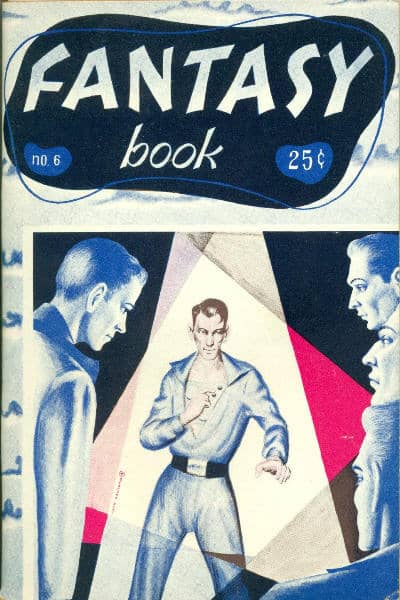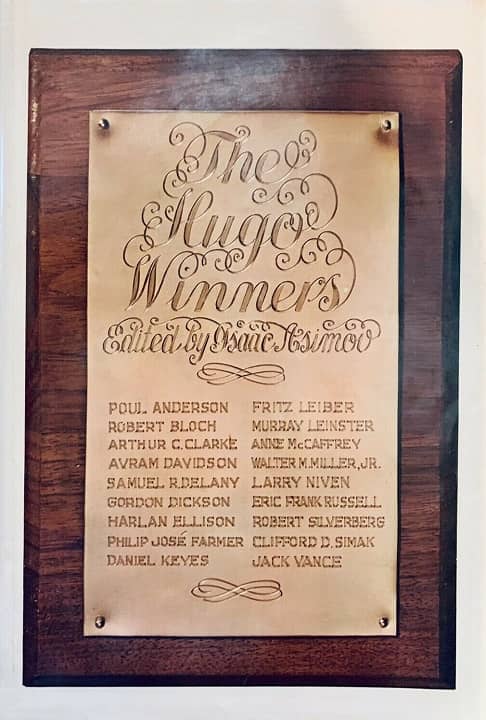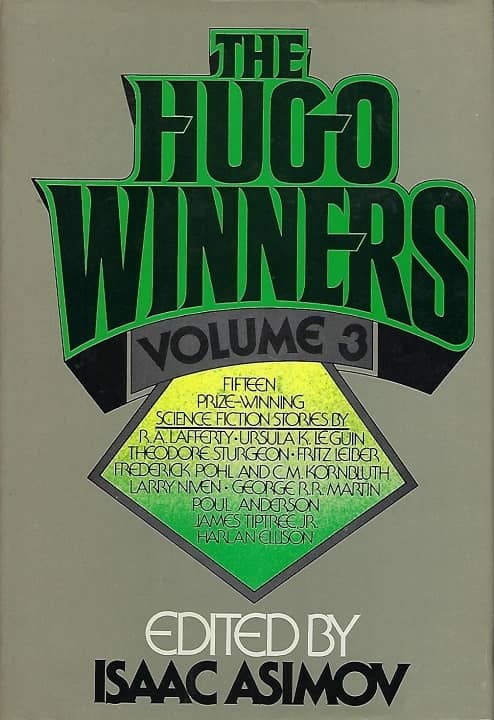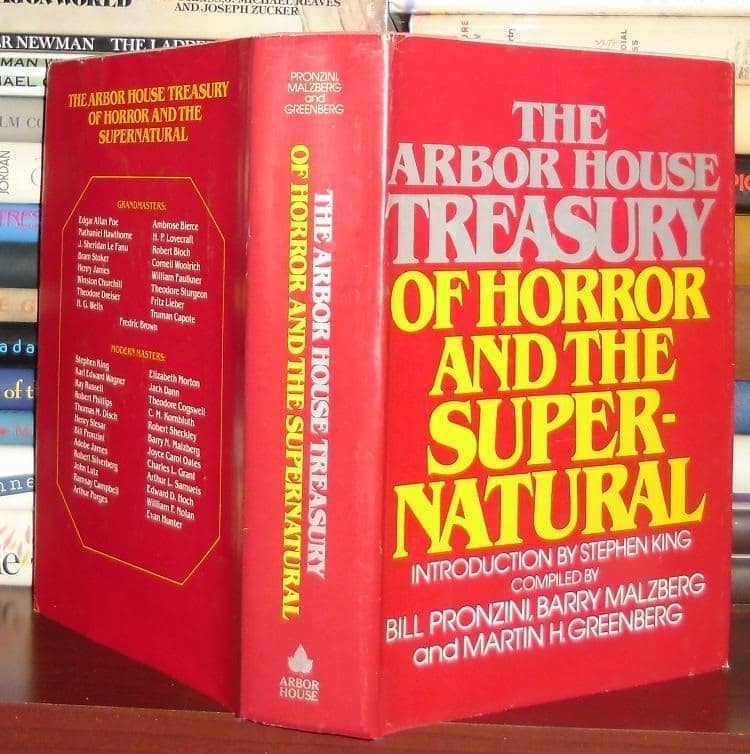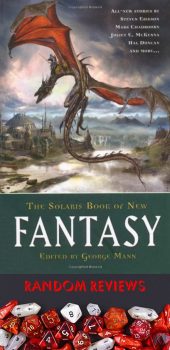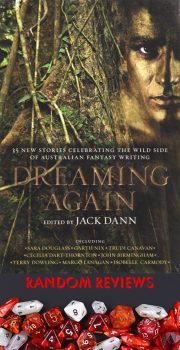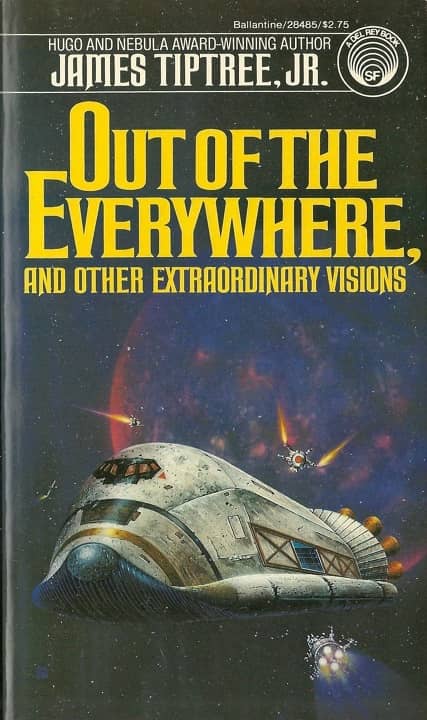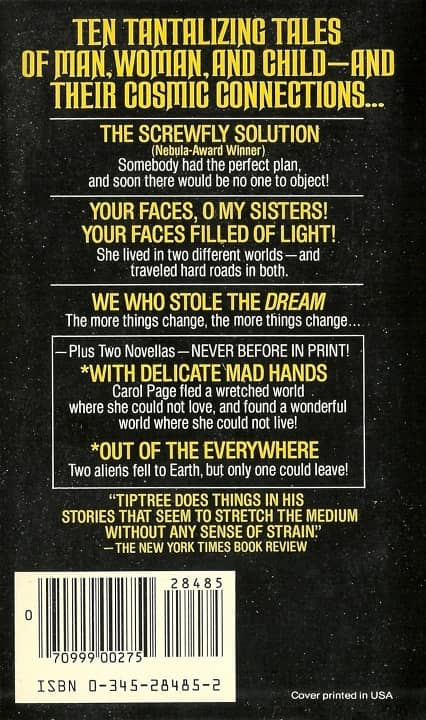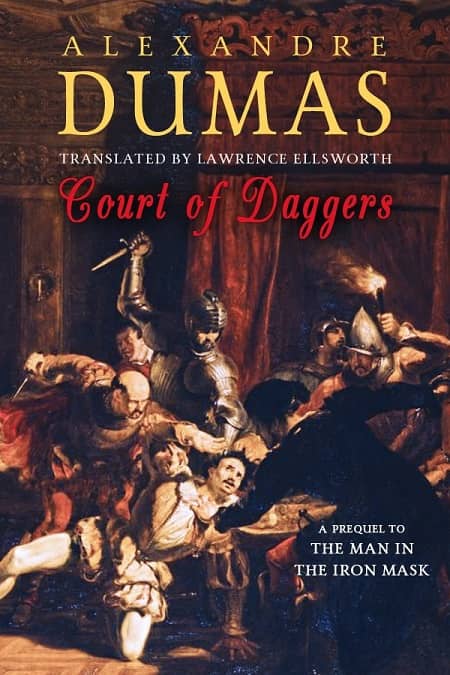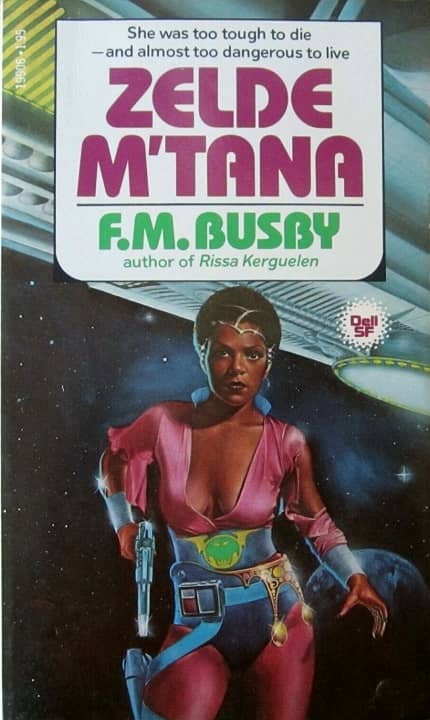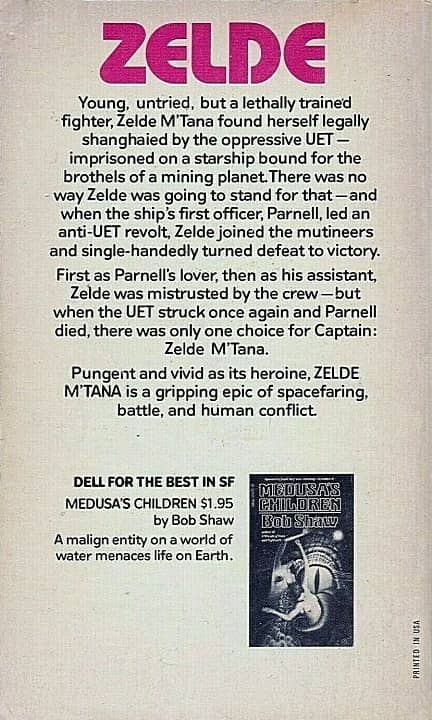Vintage Treasures: The Hugo Winners, Volumes 4 & 5, edited by Isaac Asimov
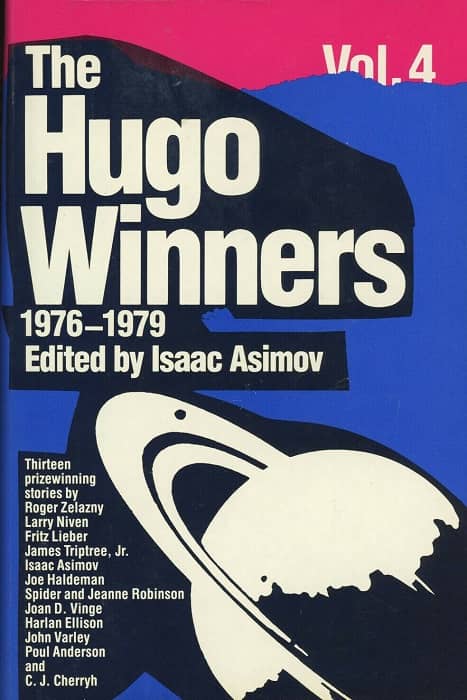 |
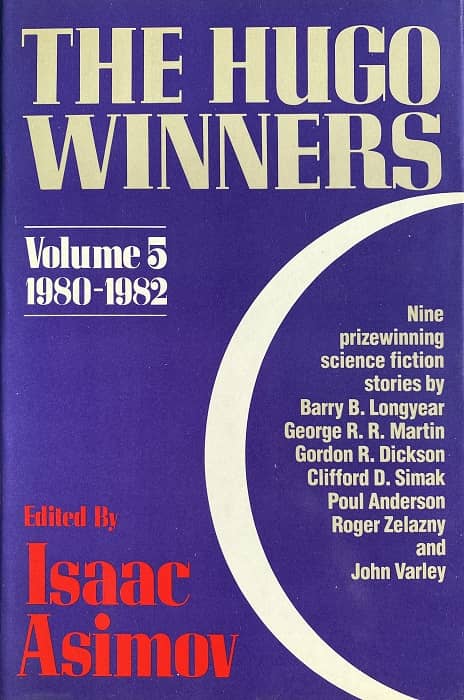 |
The Hugo Winners, Volume 4 and Volume 5 (Doubleday, April 1985 and April 1986). Covers by Kiyoshi Kanai and Tita Nasol
Last week I looked back at three of the finest science fiction anthologies ever published, The Hugo Winners, Volumes 1, 2, & 3. The first two volumes, included in my introductory order with the Science Fiction Book Club in 1976, were essentially my introduction to science fiction, and they bear much of the responsibility for turning me into a lifelong fan of SF — and especially short SF.
Asimov eventually edited nine volumes of The Hugo Winners before his death in 1992. Each was enriched with his signature breezy and light-hearted story introductions, which portrayed the entirety of the American science fiction community as a tight-knit clubhouse of friendly and brilliant eccentrics. There may have been an element of truth to that at the start (the number of Americans who made a living as full-time SF writers was surprisingly small in the 60s and 70s), but by the 80s Asimov no longer knew the majority of authors he was introducing personally, and it showed.
